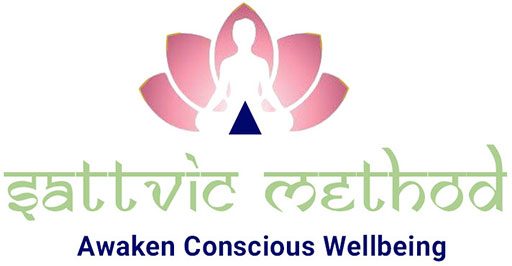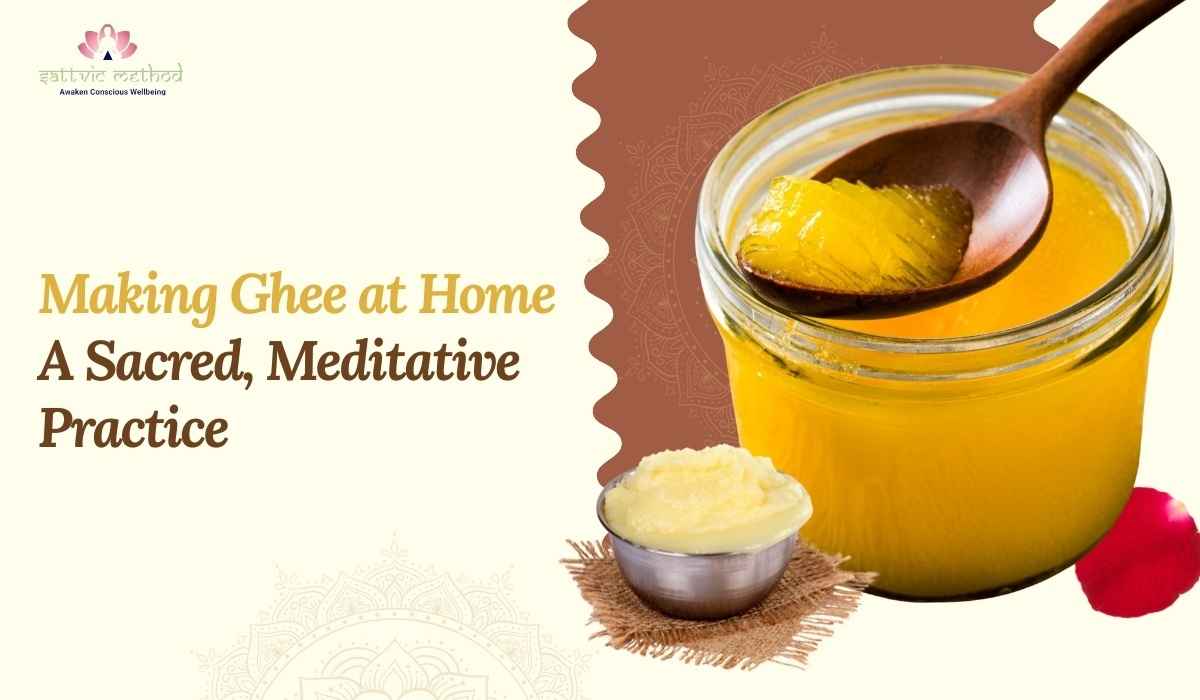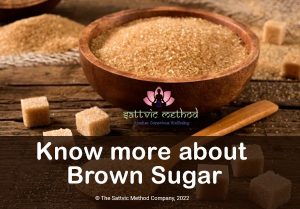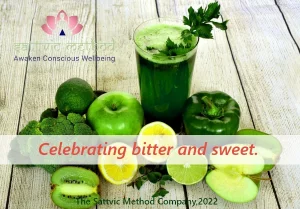Making Ghee at Home: A Sacred, Meditative Practice
Ghee has been celebrated for centuries in Ayurveda and traditional Indian households, not just as a superfood but also as a sacred element in rituals, cooking, and healing. Unlike regular butter, ghee is clarified, meaning the milk solids are removed, leaving behind golden, nutrient-rich fat that is easy to digest and deeply nourishing. But beyond its health benefits, making ghee at home is an art, a mindful, meditative practice that connects us to ancient wisdom and the rhythm of nature.
The Sacred Significance of Ghee
In Vedic traditions, ghee is more than just food; it is a symbol of purity, sustenance, and divinity. Used in yagnas (fire rituals), offerings, and spiritual ceremonies, ghee is believed to carry prayers to the divine when offered to fire. In Ayurveda, ghee is called “liquid gold” because it balances the doshas, supports digestion (agni), and enhances vitality (ojas). When you make ghee at home, you are not just preparing a kitchen staple; you are engaging in a timeless spiritual ritual.
Why Homemade Ghee Feels Special
While store-bought ghee is easily available, preparing it at home transforms it into something sacred. The process is slow, intentional, and mindful. Each step allows you to pour love and energy into the food you will later consume. Cooking with this intention turns the act into a meditation in motion; you are fully present, attentive, and connected.
Homemade ghee also offers:
- Purity and freshness – no preservatives, additives, or industrial processing.
- Personalized flavor – the aroma and texture depend on the butter and your touch.
- Energetic connection – your thoughts, mood, and energy infuse into the ghee, making it a unique creation.
The Meditative Process of Making Ghee
Making ghee is a simple yet profound process. The process requires patience, presence, and care, exactly the qualities mindfulness seeks to cultivate. Here’s how to make it:
- Begin with pure butter
Choose organic, unsalted butter made from grass-fed cows’ milk for the best results. As you unwrap the butter, pause to acknowledge its journey, from cow to milk, milk to butter, and now butter to ghee. Gratitude is the first step in mindfulness. - Slowly melt the butter
Place the butter in a heavy-bottomed pan and let it melt on low heat. As it melts, focus on the transformation. Watch how the butter turns from solid to liquid, a reminder of the impermanence of all things. - Listen to the bubbling
Once the butter begins to simmer, it will crackle and bubble. This is the water evaporating. Allow yourself to just listen. The sound can be surprisingly soothing, almost like nature’s chant. - Observe the clarity forming
Gradually, the milk solids will separate, sinking to the bottom and rising as foam on top. In the middle, clear golden ghee emerges. Watching this purification process is deeply symbolic, it mirrors how mindfulness helps us separate clarity from mental clutter. - Strain and store
Once the ghee turns golden and fragrant with a nutty aroma, remove it from heat and strain into a clean, dry glass jar. As you pour, take a breath and feel gratitude for this sacred food that will nourish your body and mind.
Health Benefits of Ghee
Science now supports what Ayurveda has known for centuries. Ghee is rich in butyrate, a short-chain fatty acid that supports gut health, immunity, and reduces inflammation. It is also high in fat-soluble vitamins A, D, E, and K, which are essential for brain health, vision, and hormonal balance. Unlike processed oils, ghee is stable at high heat, making it perfect for cooking.
But perhaps the greatest benefit comes from the act of making and consuming it mindfully. When food is prepared with attention and love, it becomes medicine for both body and soul.
Ghee as a Daily Ritual
Using ghee in your daily routine can also be meditative. Add a spoonful to your morning tea or coffee, spread it on warm roti, or drizzle it over rice. Each time, pause for a second, breathe, and recognize the nourishment entering your body. In Ayurveda, ghee is also used for oil pulling, skin nourishment, and even as a base for herbal medicines.
In a world where everything is fast-paced and instant, making ghee at home is an invitation to slow down, breathe, and connect. It is a sacred act of turning simple butter into something golden and divine. More than a kitchen recipe, it is a spiritual practice, one that blends nourishment, mindfulness, and tradition.
So the next time you prepare ghee, treat it as a ritual of mindfulness. Let the golden liquid remind you that life too can be clarified, when we remove the impurities of haste and stress, what remains is pure, nourishing, and full of light.




